
Overview
We're committed to conserving and protecting our water resources.
With Laurel Creek winding through campus and proximity to the Grand River, responsible stewardship of our water is critical for Waterloo and the broader community. Moreover, climate change is contributing to heavier rainfalls followed by periods of drought, underscoring the importance of water conservation and stormwater management.
Waterloo is taking action by implementing water conservation measures, more efficient technologies, and expanding stormwater features across campus to minimize flooding risks, reduce infrastructure demands, and naturalize the campus. Learn more about some of these initiatives below:
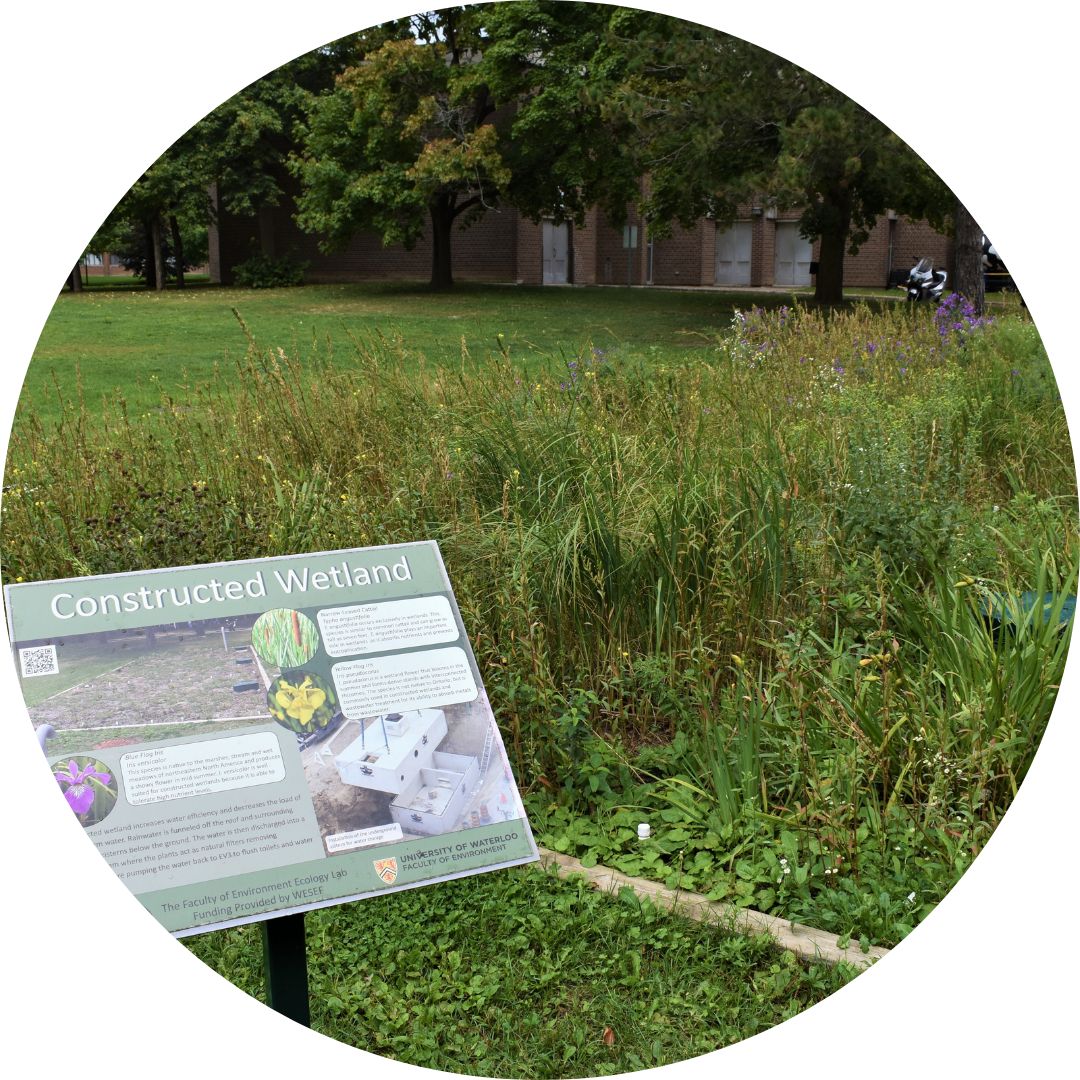
Wetlands
Wetlands provide many ecosystem services for communities and society, including flood control, carbon sequestration, and wildlife habitats. Waterloo's Environment 3 building features a greywater system that connects to a constructed wetland. Excess rainwater from the rooftop is stored in an underground cistern beside the building, where it is slowly filtered through the plants above. An educational sign is posted next to the wetland to learn more about how it works.
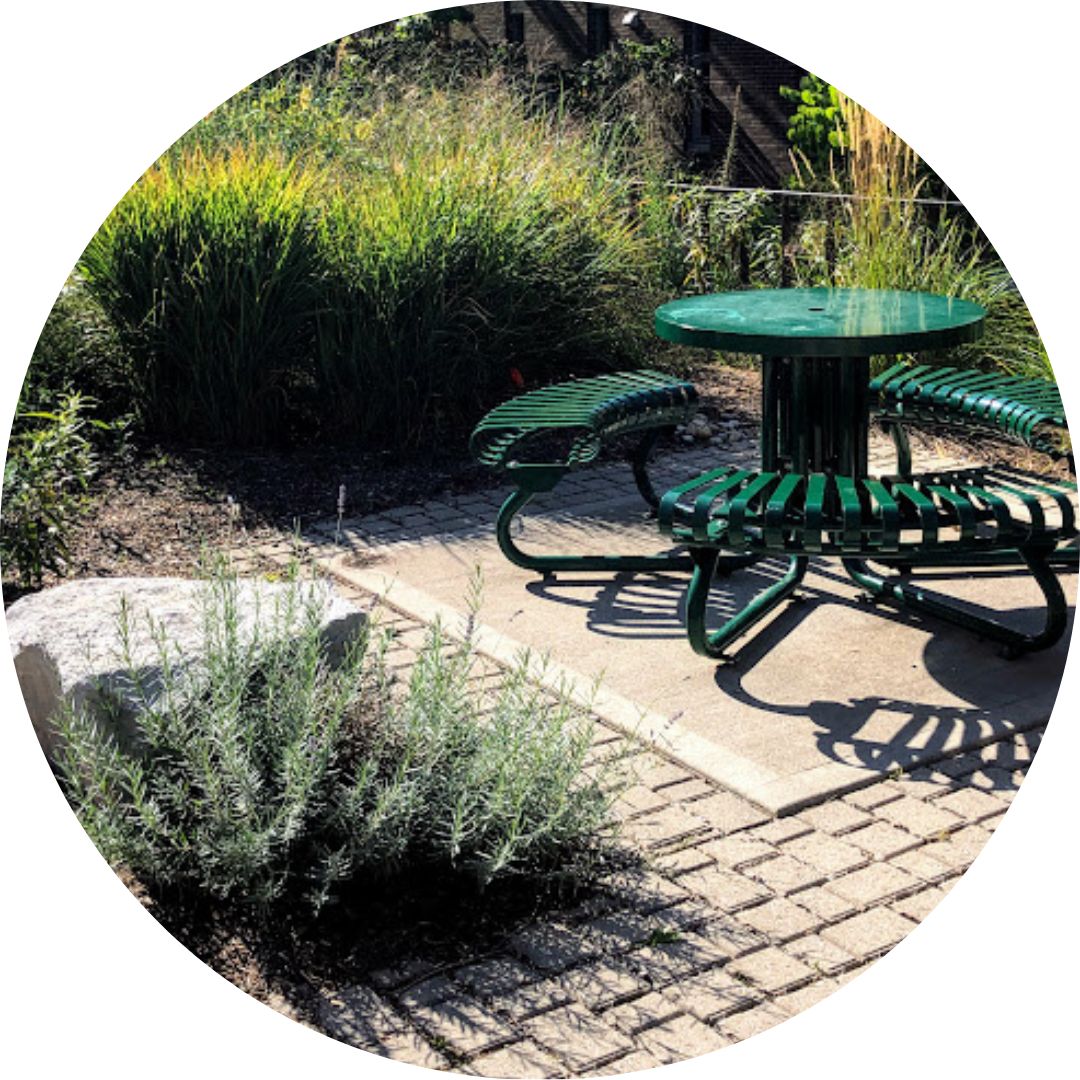
Permeable pavement
When a lot of rain hits hard surfaces such as concrete, it picks up speed and can overwhelm municipal stormwater systems, causing flooding and erosion. Permeable pavement helps control runoff during heavy rainfall and recharge our local water table by slowing water down and allowing it to filter back into the ground. Waterloo has a number of permeable pavement sites, including by the Arts-Environment Gardens (between HH, EV1 and PAS) and next to the Davis Centre.
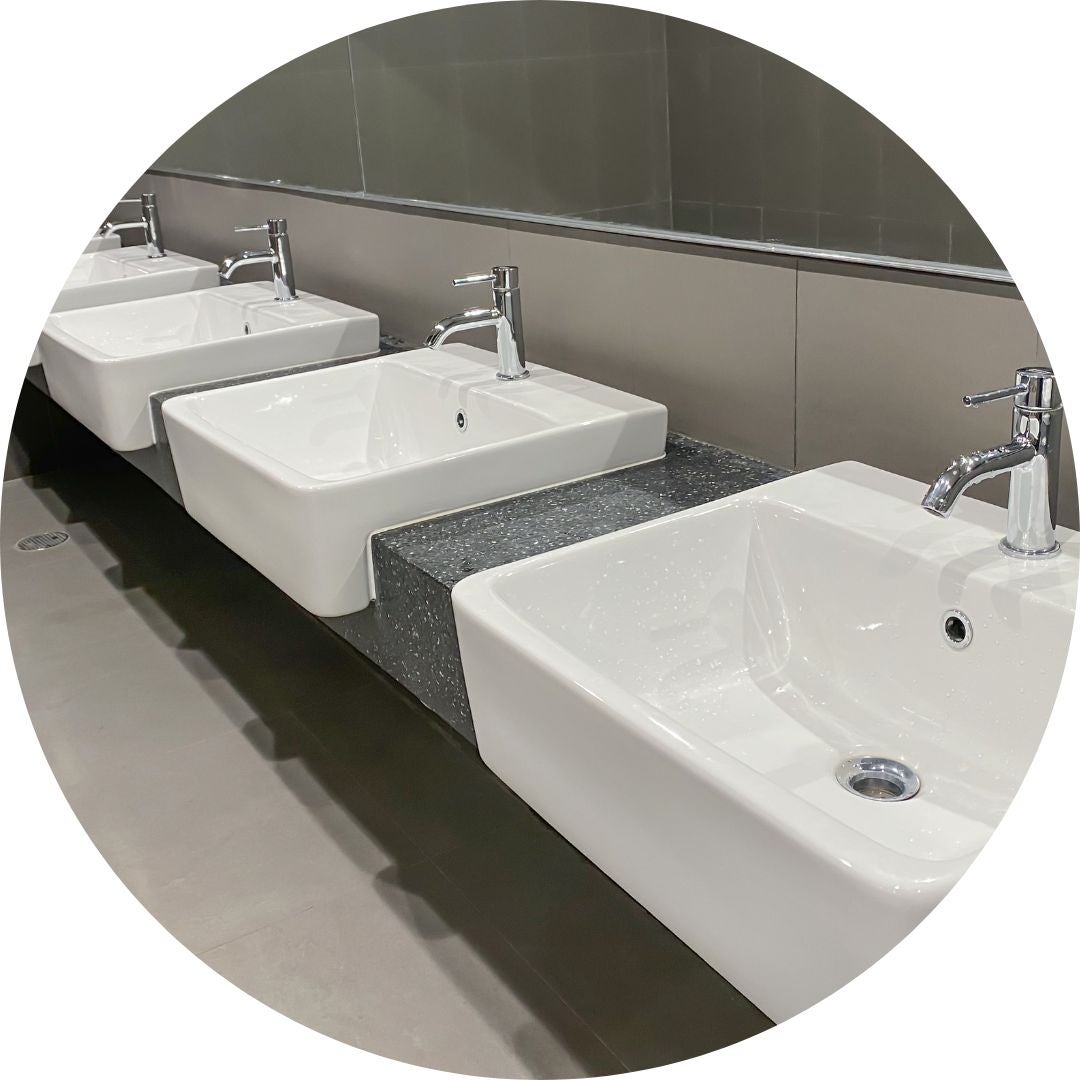
Fixture upgrades
Plant Operations leads ongoing retrofits to replace old faucets, taps, toilets, and showerheads with more efficient models. These will reduce water consumption for most showers and sinks by 30-40%, saving water and energy to heat water. New buildings are also designed to include low-flow technologies to minimize water use.
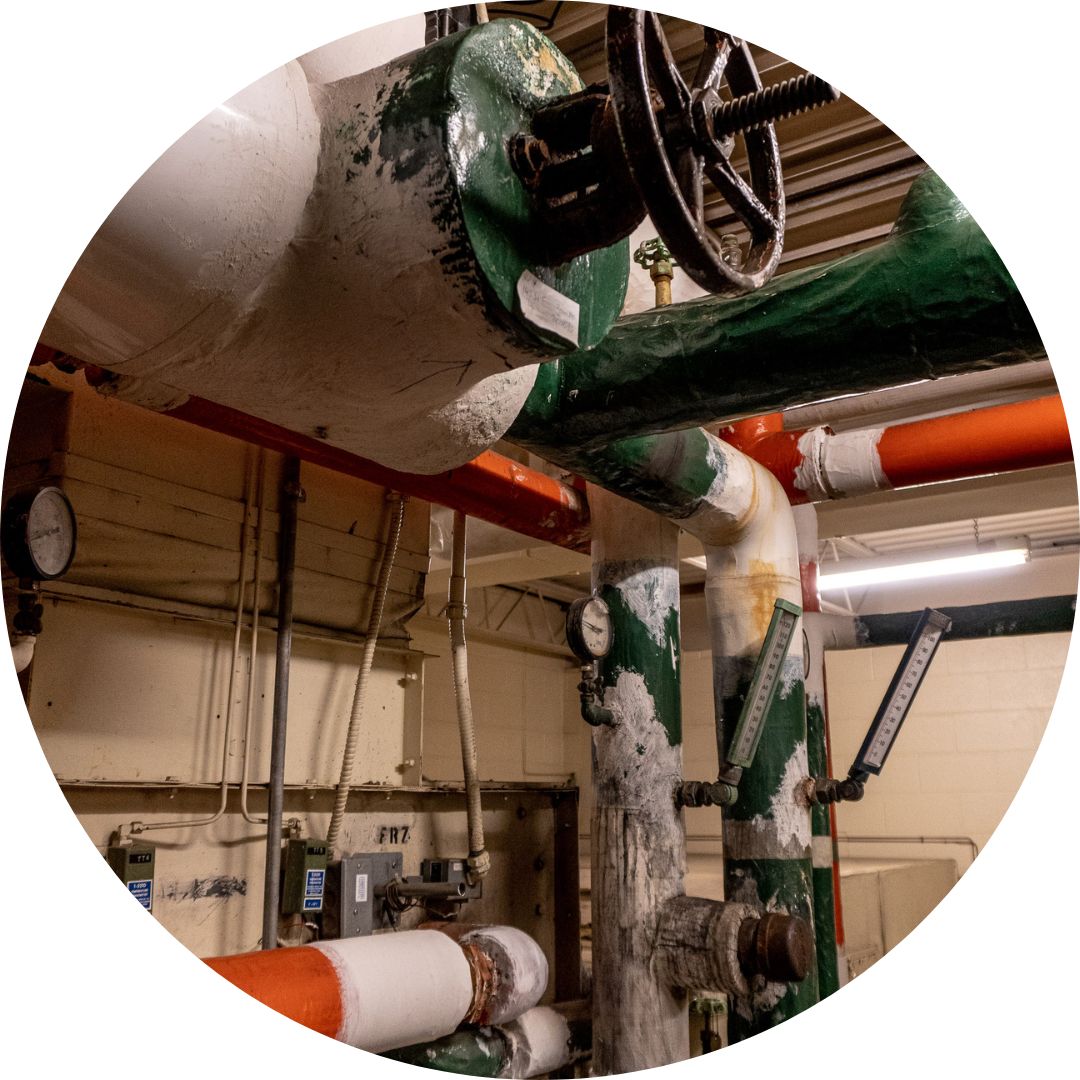
Recirculation system
Waterloo has a steam boiler that heats most of South Campus. This system is cost-efficient, but requires a large amount of water to pump steam to campus buildings. Plant Operations installed a closed-loop system to re-circulate water from the heating and cooling systems, rather than sending it down the drain.
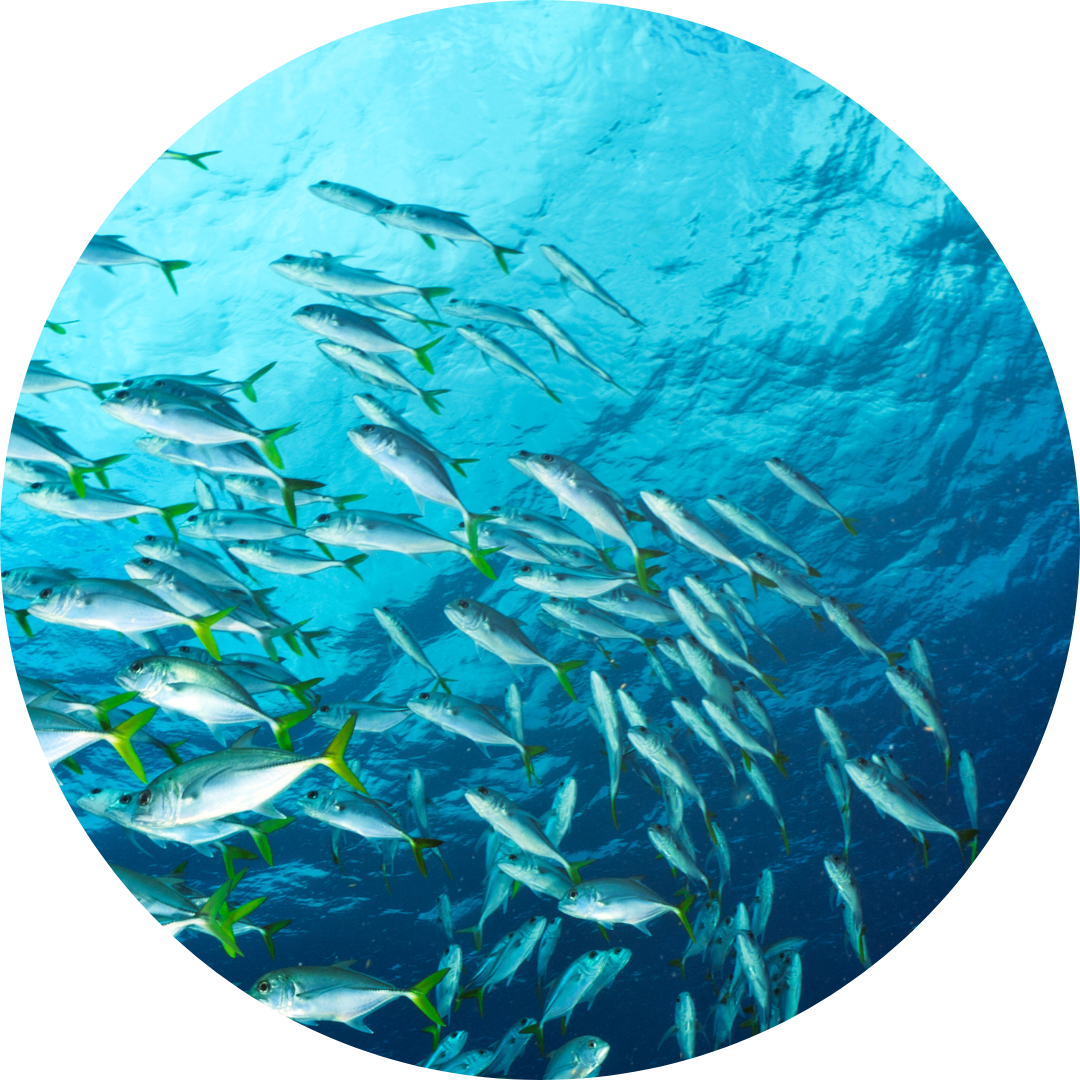
Fish Lab renovation
The Fish Laboratory in the Biology 1 building underwent a major retrofit in 2008 that has realized an annual water savings of 19,000 m3. That's the same as the average water consumption for over 250 homes in Waterloo Region!


